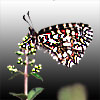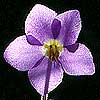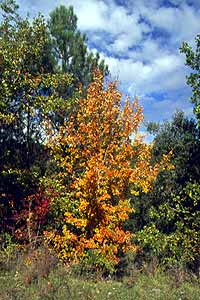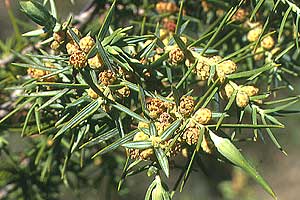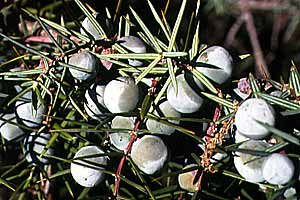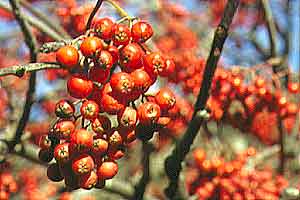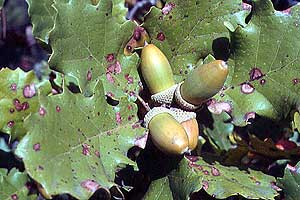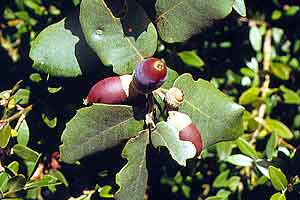| This is different: an excursion without clear directions,
without even a clear target to reach. We don't rush uphill towards a
rare species of orchid; we don't dive into a gulch looking for the unique amphibian
and we don't cut our way towards a ruinous mill either. (You do? Then this is
our suggestion: Watermills in Aragón - not part of this site).
Today we are looking a bit more closely to some plants which we
usually pass without a thought. Common species with conspicuous fruits all
growing near Puyarruego.
Look around in and around the village. Take a walk towards Escalona,
or Belsierre, or just explore the many paths in the valley.
You won't come back empty-handed. Autumn is the best time of the year, but
some of the examples shown are there already in August, even July.
Should you want to know more about their use as popular remedy
against smaller discomforts, then this could be the book you need:
L. Villar Perez et al. - 1992 - Plantas Medicinales del Pirineo Aragonés ISBN 84-505-5256-7
|
